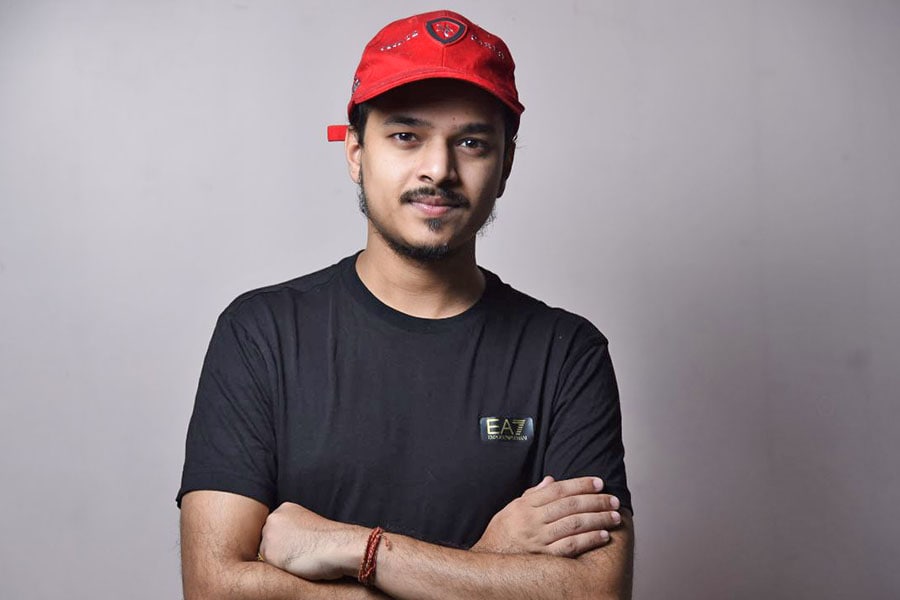
Animesh Agarwal (8bit Thug): Gaming has to be immersive and not interruptive
Animesh Agarwal better known as 8bit Thug, founder and CEO of 8bit Creatives and S8ul esports talks us through on his journey as an influencer turned entrepreneur, what it takes to run a gaming talent agency and an esports team and organization in today's times and what his views are on the Indian gaming scene and wheres it is going
 "Over the last four years, what I have realized is that, the advantage I had in designing campaigns was that, we try to take into consideration the need and taste of the gamer and gamify the campaign", says Animesh Agarwal, founder of 8bit Creatives.
"Over the last four years, what I have realized is that, the advantage I had in designing campaigns was that, we try to take into consideration the need and taste of the gamer and gamify the campaign", says Animesh Agarwal, founder of 8bit Creatives.
Gaming is all set to become one of the biggest industries in the future. It has today, established itself as a dependable and entertainment packed sector where creators and companies can successfully grow. The internet is filled with influencers and creators making gaming specific content. Live-streaming, gameplays and e-sports have experienced big booms over the past three to four years. Brands too are moving more and more towards sponsoring gaming influencers as it is one of the most popular spaces among target audiences today. Be it mobile gaming, PC gaming or console gaming, accessibility for this sector has grown rapidly. It should come as no surprise that there are a lot of gamers all around today, even in India. Thus, the need for a platform and agency dedicated to help these creators grow is essential to prove that gaming can be a dependable career path.
E-sports too has become popular in India in the recent past. Gamers from across the country form teams to compete nationally as well as on the international circuit for prize pools. Animesh Agarwal aka 8bit Thug is one of the early birds to have started out as a gaming influencer in India. Today he is the founder of 8bit Creatives, India's leading talent agency dedicated to gamers. He is also the co-owner of S8ul E-sports, an organisation that, with the help of a team of highly skilled gamers competes in e-sports tournaments across the world. Storyboard18 had the chance to talk to him about his journey as a gaming entrepreneur and what his thoughts are about the future of gaming in India. Read on to find out more.
Q. How do you juggle being a gamer and managing the responsibilities of your two ventures? What are the challenges that come your way?
Initially, I started off as a gamer and then ventured into entrepreneurship. The reason why I was able to juggle was because I started from scratch and my company grew at a very reasonable pace. If you look at my two ventures, 8bit Creatives (Talent agency) and S8ul Esports (esports and content company), a few key points which made the journey easier was that, majority of the talents we used to manage at 8bit Creatives were also a part of S8ul’s content group.
This made my communication on the talent side easier. If I look at myself as a YouTuber, gamer and running the two ventures, things got difficult over the last two years and that has been the reason why personally, I have not been able to focus much on streaming or gaming. Whenever I get the time, I spend it on gaming during the weekends.







